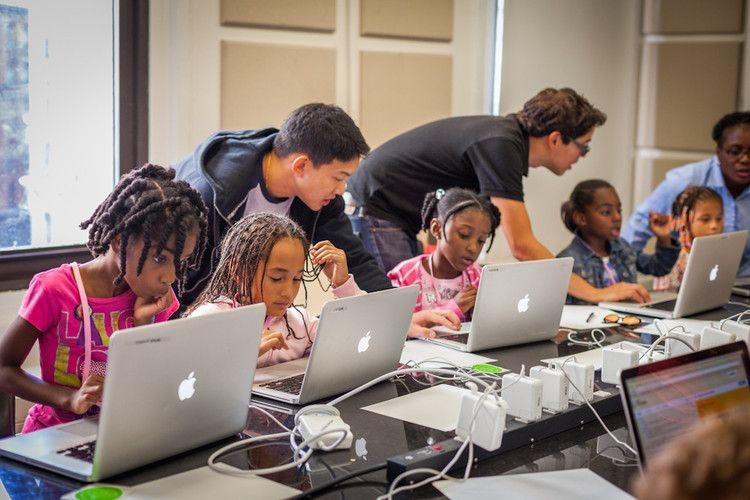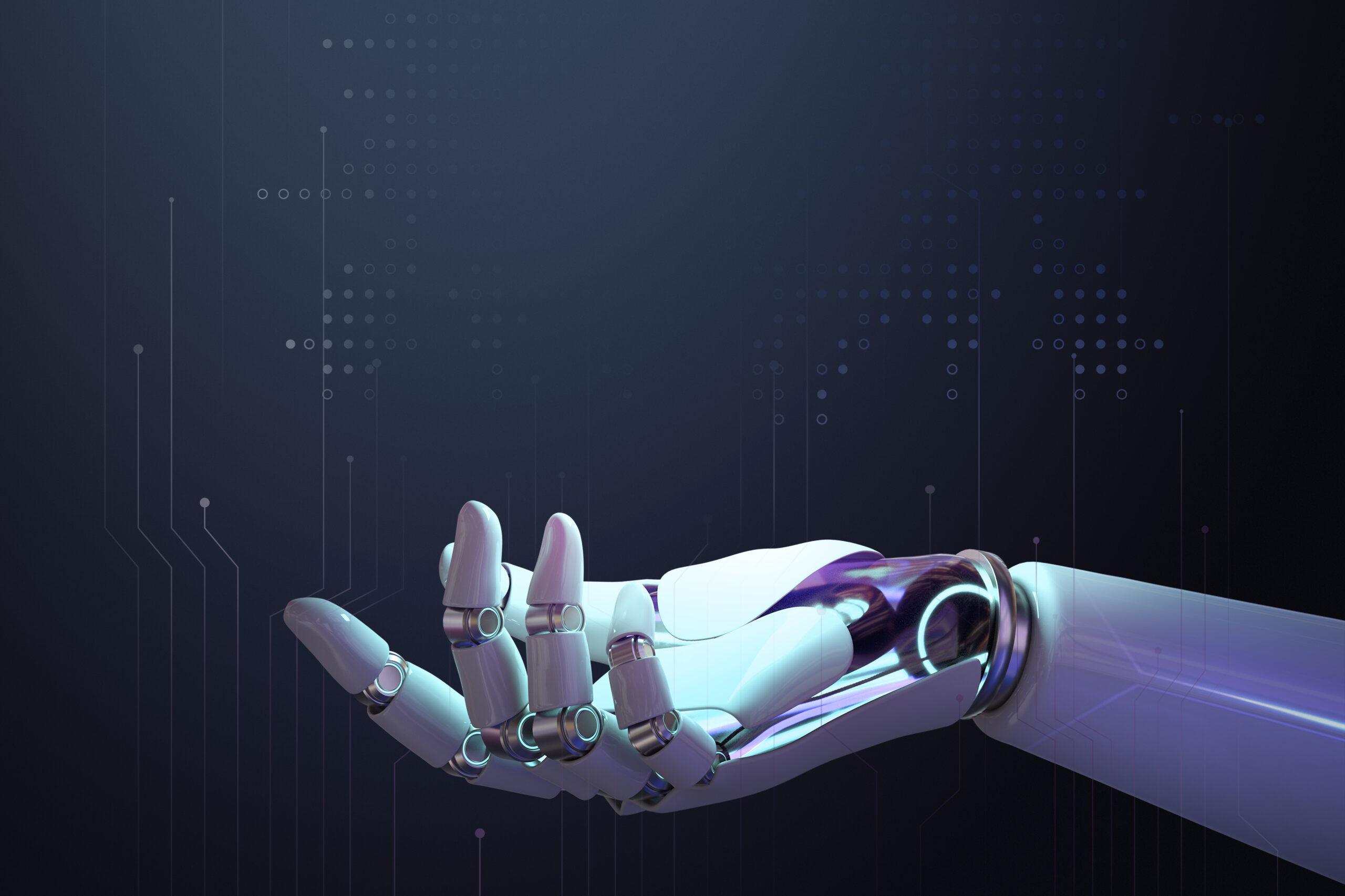Robotics is advancing at an incredible pace, and the next decade will see it becoming an even bigger part of our daily lives. From workplaces and healthcare to transportation and education, robots are set to influence nearly every sector. As technology improves and costs go down, robotics will move from specialized industries into everyday use. Here’s how robotics is likely to shape the next 10 years.
Smarter Homes with Robots
In the coming years, household robots will go beyond cleaning floors or mowing lawns. We can expect personal assistant robots that help with cooking, organizing, or even tutoring children. With advances in artificial intelligence, these robots will understand human emotions better, making them more interactive and useful in family settings.
Healthcare Transformation
Robotics will continue to revolutionize healthcare. Surgical robots will become more advanced, allowing doctors to perform delicate operations with unmatched precision. Rehabilitation robots will help patients recover faster from injuries, while companion robots will support the elderly by providing care and reducing loneliness. In the next decade, it’s likely that home-based healthcare robots will become widely available.
Autonomous Transportation
Self-driving cars and delivery drones are already in testing stages, but in 10 years they could become common in many cities. Autonomous buses and taxis will reduce road accidents, make transportation more efficient, and lower traffic congestion. Delivery robots may become the standard for grocery shopping and food delivery, making logistics faster and cheaper.
Robotics in the Workplace
The workplace of the future will be a hybrid environment where humans and robots collaborate. Robots will handle repetitive and dangerous tasks, while humans focus on creativity, problem-solving, and leadership. In fields like agriculture, robots will monitor crops, harvest produce, and optimize farming practices, helping to solve food security challenges.
Education and Learning
Robotics will play a huge role in education over the next decade. Schools will use robots to teach coding, mathematics, and problem-solving in interactive ways. Educational robots will also become more personalized, adapting to students’ learning styles. This will prepare the next generation for careers in technology and innovation.
Ethical and Social Considerations
As robotics becomes more integrated into society, ethical concerns will grow. Questions about job loss, data privacy, and human-robot relationships will need to be addressed. Governments, companies, and communities will have to create policies that ensure robotics benefits everyone while minimizing harm.
Everyday Integration
Perhaps the biggest change in the next decade will be how normal robotics becomes. Just as smartphones went from being rare to essential in less than 15 years, robots could follow the same path. Whether at home, work, or in public spaces, robots will likely become everyday companions and assistants.
Conclusion
The next 10 years will see robotics evolve from specialized machines into essential parts of human life. From smart homes and healthcare to transportation and workplaces, robots will transform how we live, work, and interact with the world. While challenges exist, the future of robotics is full of opportunities that promise a more efficient, safer, and connected society.


